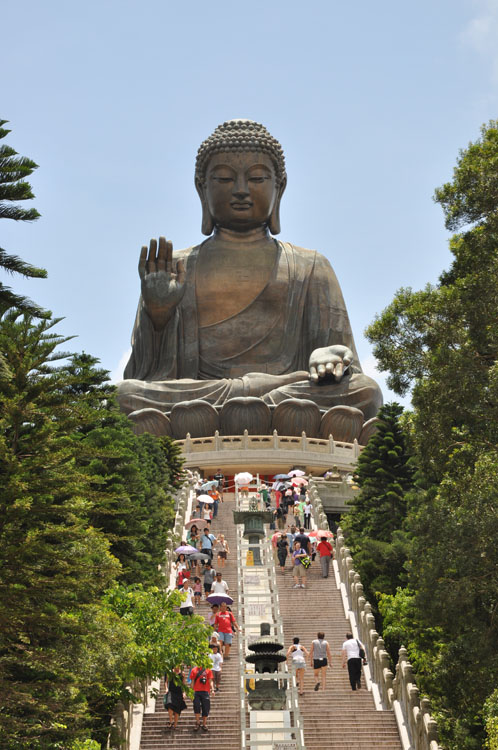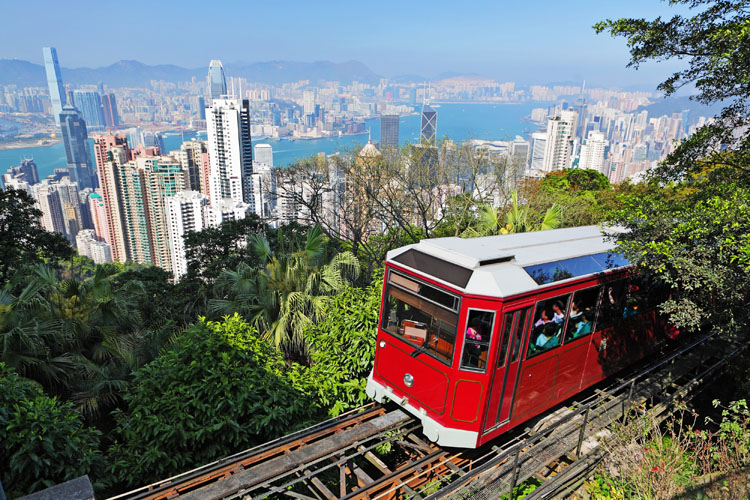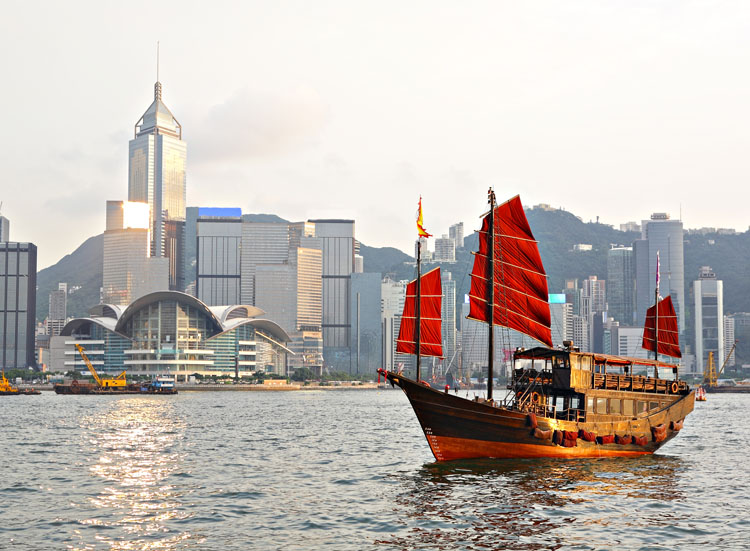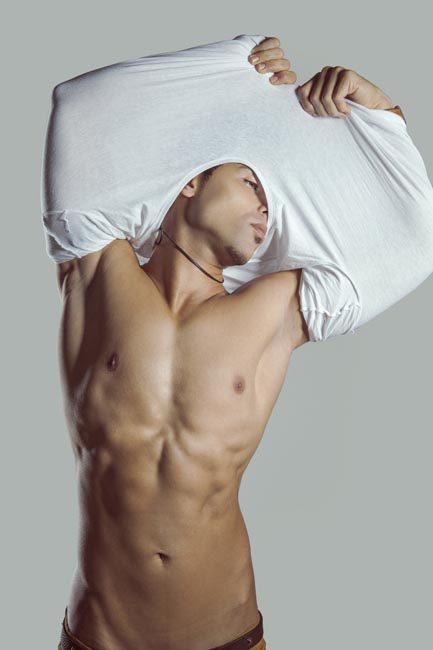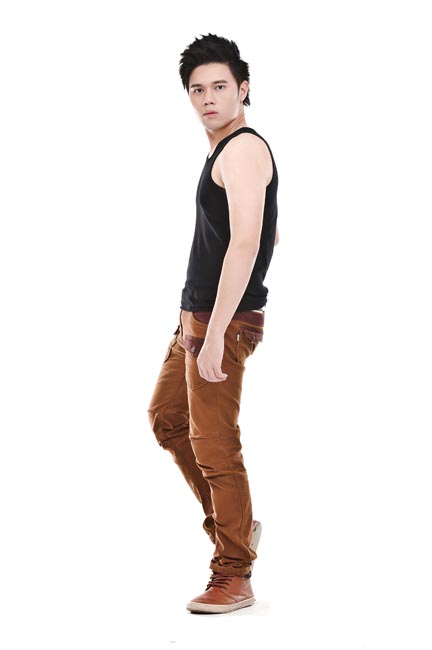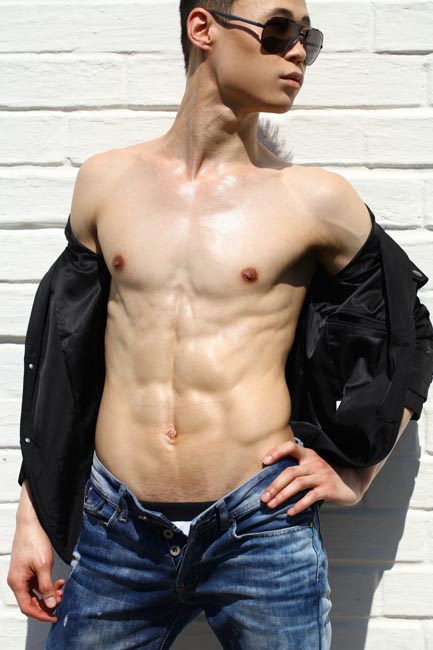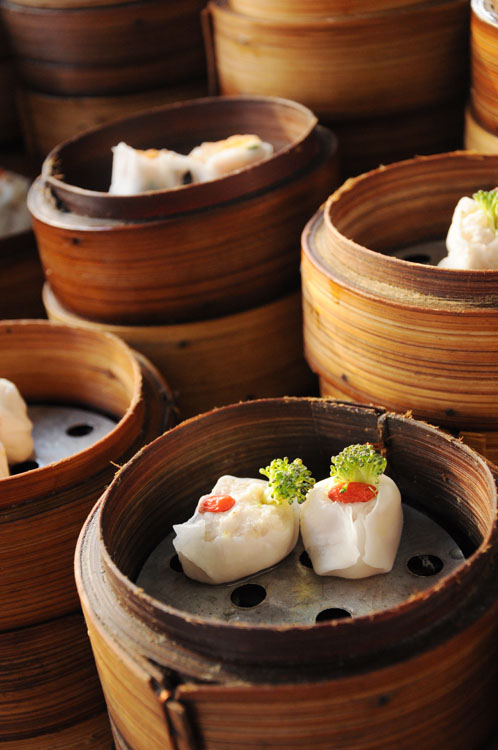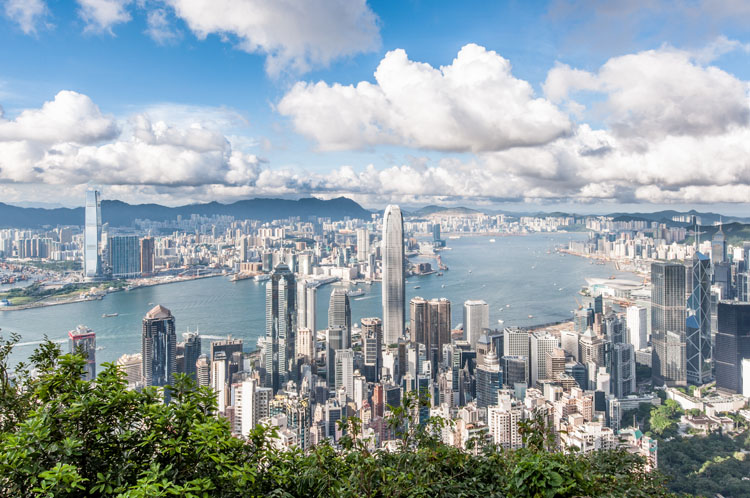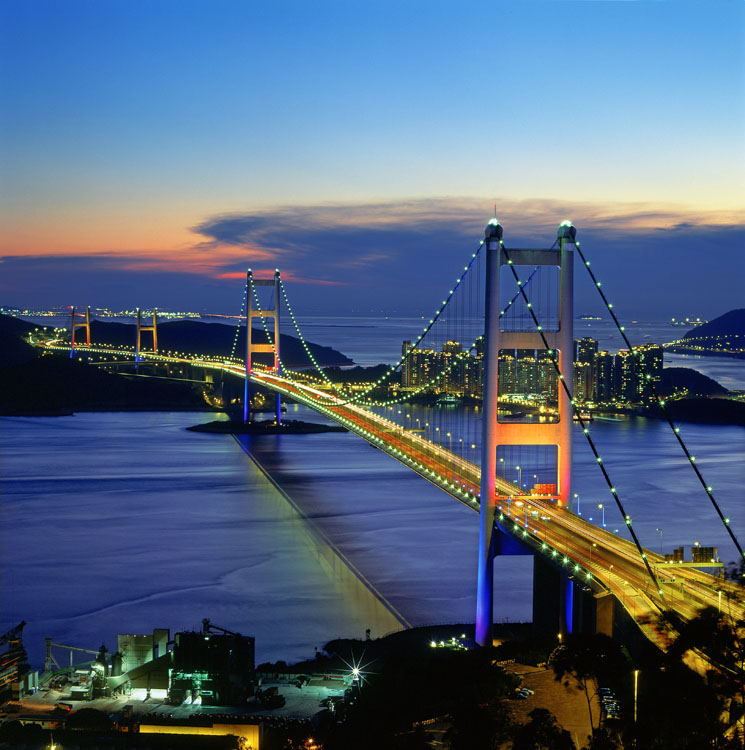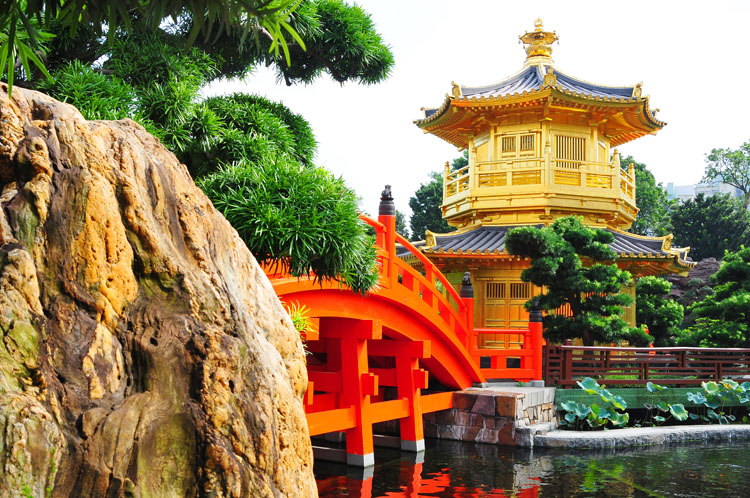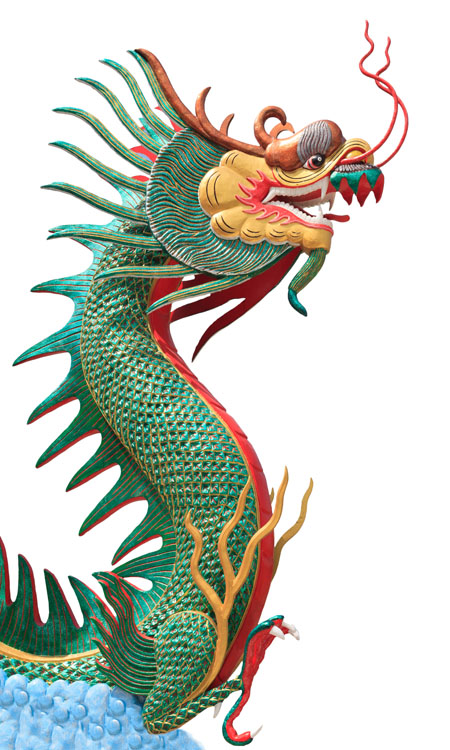Get It On! Bang A Gong In Gay Hong Kong
Guide To China’s Hottest City!
Are you ready to see the city where East meets West and put your penis to the test? Then get ready for our guide to Hong Kong – the most cosmopolitan city in China!
Hong Kong has always been a city of contradictions. Once a barren rock on the edge of decaying Qing Dynasty China, the British fought an Opium War which China lost. As a result that rock was ceded to the British. One of the world’s great natural harbors became an outpost where the British opium traders set up shop to sell their illegal product all along the southern China coast. Soon Britain controlled a much larger part of that coastal area.
By the second half of the 20th century, this outpost of the empire had become one of the world’s major powerhouses of trade and finance. Yet through a quirk of history, Britain could not retain control. In 1997 it was handed back to Chinese rule. Even so, it has remained a hotbed of capitalism inside the People’s Republic.
Hong Kong is made up of three main areas – the Island of Hong Kong, the Kowloon peninsula, and the part nearest to China called the New Territories. Nearest to China with a population of 7 million and so little habitable land, its planners had no choice but to build up. Architecturally it remains more of a world city, its ever-increasing skyscrapers sitting alongside a few colonial-era buildings, traditional Chinese temples, and shophouses. Although it is not a gay paradise, there is plenty of fun to be had if you know where to look for it!
Let us take you on a tour of Hong Kong – where the rice is nice and the men are mellow.
Hong Kong Gay Culture
When Britain departed its colonies, it left in place a strange Victorian-era law prohibiting sex between men. Lesbians had no problem, allegedly because Queen Victoria did not believe that a woman could have sex with another woman! Even as late as the 1980s, the British would jail a few gay men each year as if to discourage others. But with the Chinese takeover on the horizon in 1997, Hong Kong had to adopt a Bill of Rights. Finally, this dreadful antiquarian law was abolished. Initially set at 21, the age of consent was reduced to 18 in 2006. Chinese gay guys were at last able to come out of the closet.
One thing the law cannot change, though, is social acceptance. China itself had a rich gay past until the arrival of the Qing Dynasty. British colonial morality and the zeal of its missionaries ensured that the focus of Hong Kong society was on the family. Young men had to get married to provide sons to look after their elders in old age. Although many British civil servants had Chinese boyfriends, few were prepared to come out to their families. Times may have changed but much the same is almost as true today.
Visitors, though, will find a welcoming gay scene with a few gay bars and even more gay saunas, many packed with handsome Hong Kong guys especially at the weekends. Many of the bars are scattered throughout the city, but one area where you will find a cluster is near Bonham Strand East just after its junction with the main Queen’s Road West. FLM is a big party bar with theme nights and a hip crowd. Across the road is the smaller Zoo Bar which is more for mixing and matching and great for chatting up that great-looking Chinese guy at the bar. Further up the hill just off Hollywood Road, the road to visit if you are looking for genuine – and expensive – Chinese antiques, is the cosy gay T:IME bar.
Gay saunas are also generally small, although Hutong Club in Kowloon’s Mong Kok area is far larger and beautifully decorated. So popular is this sauna with young Hong Kongers that at weekends there may be a queue outside. Perhaps the smallest is one that younger Chinese like to visit to meet westerners of many ages. CE was established more than 25 years ago and is located on the second floor of a building just off the Central Escalator close to the end of Cochrane Street.
Larger dance clubs have more or less disappeared from the gay scene, replaced by glitzy metrosexual clubs with gay sections and, of course, the apps. Grindr, Hornet, and Jack’d are popular. More so is the Chinese based app Blued. Don’t worry. It has a built-in instant translation Chinese/English/Chinese.
Gay Beaches
Hong Kong has lots of beaches. Two attract quite a number of handsome young gay guys. Just to the south of Discovery Bay are Middle Bay and then South Bay. Sunday is the best day to see great Chinese bodies wearing the latest skimpy beachwear. Middle Bay used to be the best cruising area, but many guys have migrated to the larger South Bay.
Another beach is about 90 minutes away from Central District on Lantau Island. To get to Cheung Sha beach, you should take a ferry to Discovery Bay and from there catch a bus. Split into two sections, Cheung Sha is Hong Kong’s longest beach and there are never many bathers. So finding gay guys will be very much pot luck on weekdays. Best on weekends and public holidays.
Hong Kong Gay And Lesbian Film Festival
The Festival is screened annually each September, and in Chinese is known as the Hong Kong Tongzhi Film Festival.
The festival itself has existed as an underground event since 1989 – but under Chinese rule, it was not officially sanctioned until a few years ago.
While the films tend to be much more serious than those shown at American or European film festivals, many men use the event as a chance to cruise – and you’ll find it easier to get your cock on during the festival than at any other time of the year.
It’s absolutely great!
The Lion Dance
The most fabulous tourist attraction in Hong Kong is the Lion Dance – performed at many clubs and at nearly every Chinese festival in the city.
During the Lion Dance, the performers carry an enormous dragon made of loose fabric and dance in circles while jumping and shimmying to traditional Chinese drum rhythms and music.
The effect is to look like the fabric has come to life, and the traditional dragon is moving through the streets or up and down the aisles of the clubs.
Once a year – in the most fabulous display possible – Hong Kong hosts the Dragon Boat Festival – where long boats are dressed up like dragons and race across the water.
Tea and Dining
Tea is everywhere and everyone in Hong Kong drinks it! Did you know that there are seven main types of tea grown in China? Each has its own distinct flavor and sometimes a different type of cup. One of the best for your digestion is Pu-erh tea grown in nearby Yunnan Province and which can be fermented for several years before being drunk. This is the type of tea to request when you are in a dim sum restaurant, those hugely popular small snacks brought round the tables on trolleys. If you have never tasted dim sum, Hong Kong is THE place to start! Be adventurous. They are all delicious!
Just remember there is no teabagging in Hong Kong, so keep your baggies in your manties (do you mean panties???)
Eating in Hong Kong is one of life’s joys. Chinese food tastes better here than anywhere else on the planet. Once again, be adventurous. If you are with a small group, you must try Beggar’s Chicken. This is a whole chicken stuffed with spices and wrapped in banana leaves before being covered in clay and cooked in a very slow oven. Order it about 8 hours in advance. When it arrives at your table, you will be handed a hammer to break the clay. The subtlety of the flavors which have infused into the chicken’s flesh makes this an extraordinary dish.
Lan Kwai Fong around D’Aguilar Street in Central District is the place to go if you want trendy dining options. But it has become expensive. If you are on a budget, walk a little west to the Escalator and what is called the SoHo area. Here you find locals, expats and tourists drinking outside the overfilled bars and a large variety of restaurants offering many different cuisines. It’s a fun place in the evening.
Chinese New Year
This is the major holiday for most Hong Kong Chinese with over half a million departing by train and plane for their ancestral homes on the mainland. As a result, many shops are closed. But there is still plenty for the visitor to see. Especially noteworthy are the annual fireworks display over the harbor when US$2 million goes up in smoke creating one of the great fireworks shows anywhere, and a long New Year’s Day Parade. Although firecrackers are banned, the chances are you will hear a few, especially if you are on the islands of Lantau or Cheung Chau.
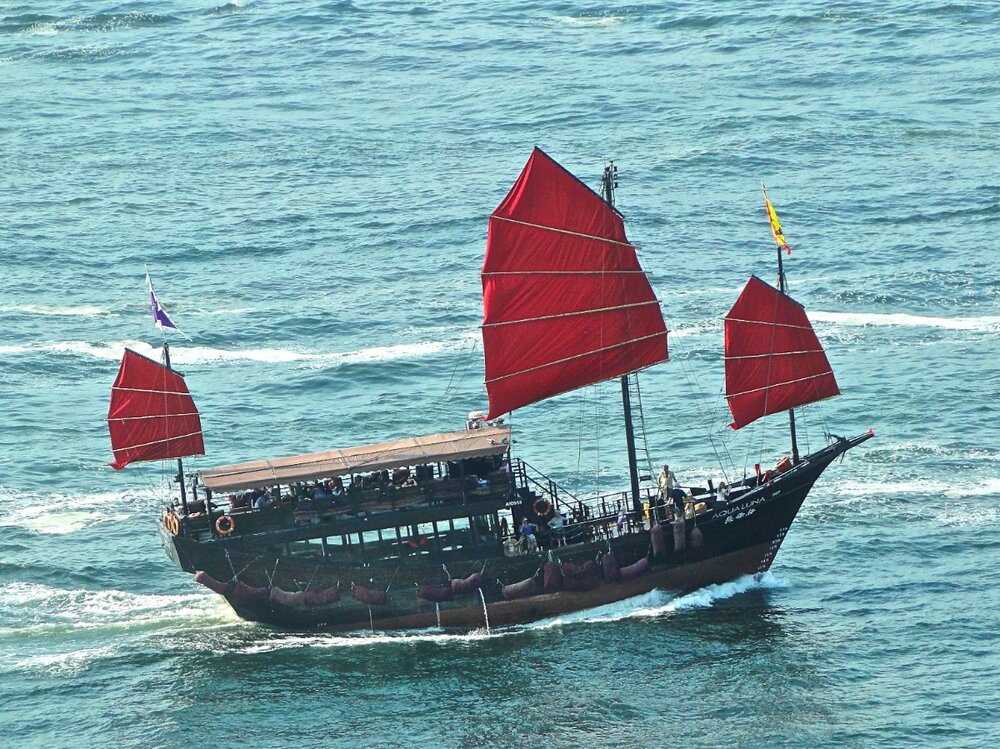
How to Fill Your Days in Gay Hong Kong
If you are not spending your days with the boy of your dreams, don’t worry. Hong Kong has a lot of other sights to see. One ‘must see’ is Victoria Peak. The view of Hong Kong and Kowloon from the top is magnificent, assuming the weather is clear. To get there, take the funicular Peak Tram. This was opened in 1888 to give the British colonial ex-pats a faster way to get to their cooler dwellings on the Peak. The terminus is on Garden Road not far from the HSBC building.
To get a feeling for the Hong Kong of old, just hop on one of the old trams that run the length of Hong Kong’s harbor. The sights and smells of the old shops are unique.
On the south side of the Island there are two areas to visit. The nearest is the Ocean Park Theme Park set on a headland between and Deep Water Bay and Repulse Bay. Here is a variety of attractions including two giant pandas and a rare brown panda. Great for photos to send home. Further south is the quaint Stanley Village with a popular market and some pleasant restaurants by the seafront.
To get over to Kowloon, another ‘must’ is the short trip on the Star Ferry. These depart every few minutes. Once there, hop on the underground MTR to see the most traditional Chinese Wong Tai Sin Temple at Wong Tai Sin station. Then take the MTR one stop further along the line to Diamond Hill to visit the restored Chi Lin Nunnery complex. With more time, you can always take the train to Shatin to explore the Temple of 10,000 Buddhas.
If you are feeling peckish and ready to splash the cash, backtrack to the harbor front for afternoon tea with the cream of Hong Kong society – and the inevitable Japanese tourists – in the lobby of the colonial era luxury Peninsula Hotel.
On one evening find your way to the Kowloon waterfront to watch the 8:00 pm Symphony of Lights show over the skyscrapers on the Island.
As you arrive at Hong Kong airport on the north side of Lantau Island, you may notice a huge Buddha statue on a nearby hill. This is the Giant Tian Tan Buddha, part of the Po Lin Monastery. From Hong Kong Island you can take a half-day trip by taking the MTR to Tung Chung station and then hop on the cable car to the top. Or if you are feeling fit, you can climb the 268 steps to the top.
Accommodation and Getting Around in Gay Hong Kong
Hotels in Hong Kong have traditionally been relatively expensive. This has changed with the advent of many new 2- and 3-star hotels. The rooms will be small but have all the usual amenities and many are in convenient locations. Getting around Hong Kong is easy and cheap. From the airport, forget expensive taxis and take the frequent airport bus or the Airport Express train which departs every 12 minutes from inside the Arrivals Terminal and gets you to Central Hong Kong in 23 minutes. It also links you to the main MTR lines. If you are there for a few days, purchase a stored value Octopus card for easy use of the MTR, buses, and inconvenience and other stores.
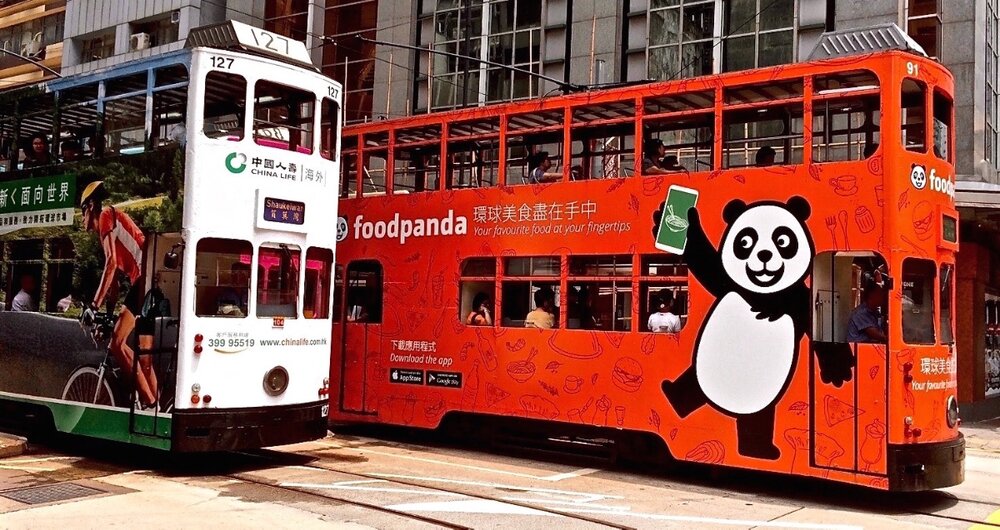
Hong Kong remains a fascinating place to relax for a break before a flight to some other Asian destinations. Don’t worry about the demonstrations held in 2019 and the later Chinese crackdown. This will have no effect on your visit.
Gay Hong Kong – It’s Not Just For The British Anymore!
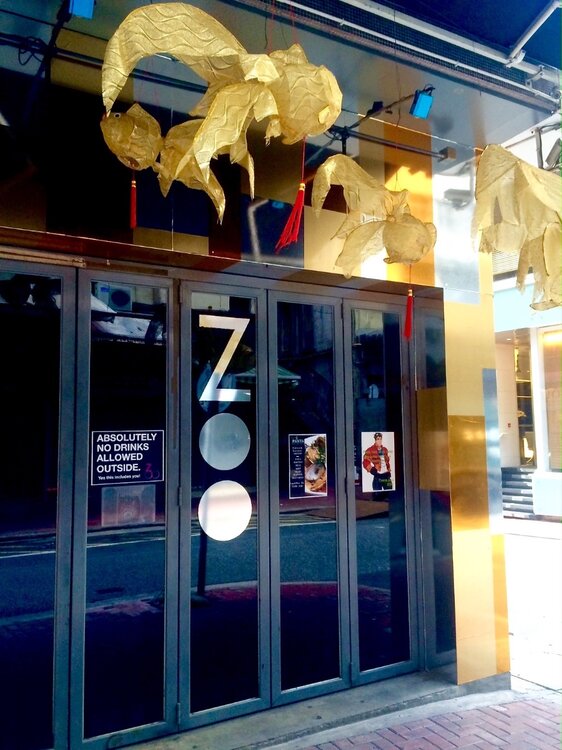
While it remains essentially a conservative city, Hong Kong is definitely opening up and will host the International Gay Games in 2022 attracting gay athletes from all over the world. As you walk around you will see some of the most beautiful men in Asia, have time to drink tea along with some delicious dim sum, and dance in the street in SoHo – some of our favorite things!
cc GayGuides.com 2008-2021
No Listings Found
No Listings Found
No Listings Found
No Listings Found
No Listings Found
No Listings Found


